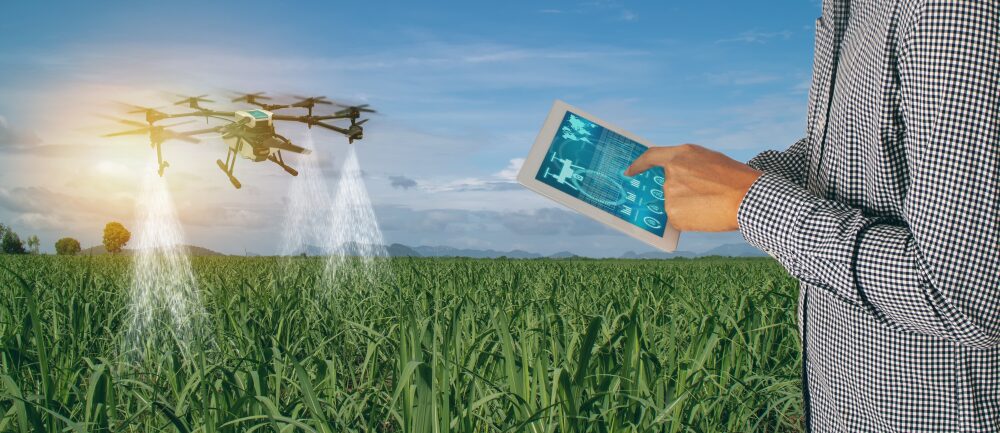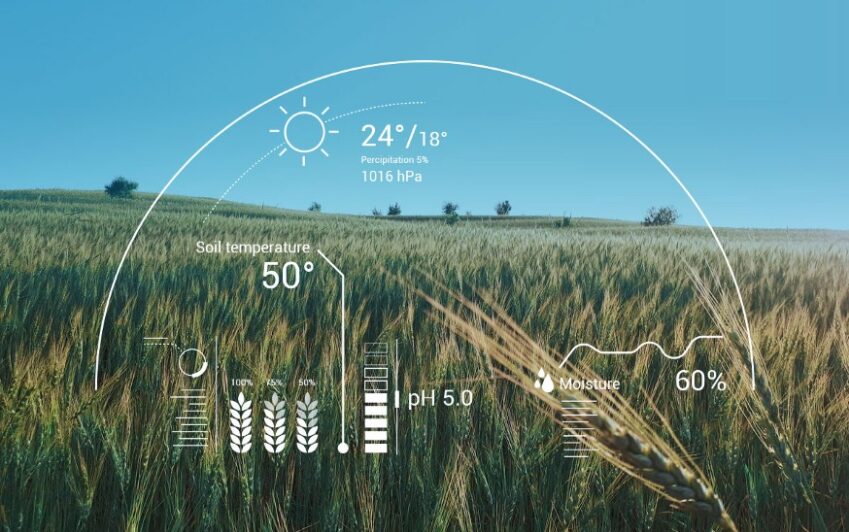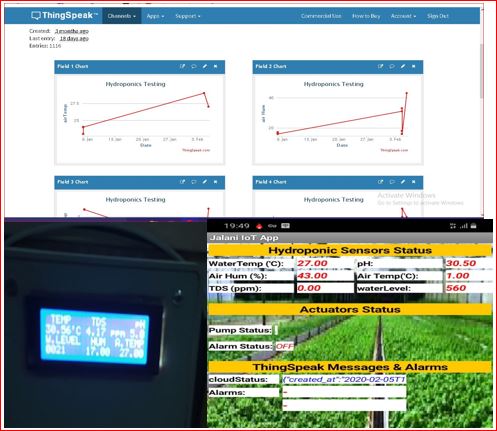Arid and semi-arid regions face a significant challenge: water scarcity. This scarcity severely impacts agriculture, making it difficult to grow crops and sustain livelihoods.

Read More: How to Homeschool Your Kids
However, advancements in artificial intelligence (AI) are paving the way for innovative water management systems that can revolutionize agriculture in these dry regions.
The Challenge of Water Scarcity in Arid Agriculture
Traditional irrigation methods often lead to water wastage through evaporation, runoff, and uneven distribution. In arid climates, where water is a precious resource, such inefficiencies can have devastating consequences.

Read More: Tips for Parenting a Toddler
The need for sustainable and precise water management is critical for ensuring food security and economic stability in these regions.
How AI is Transforming Water Management
AI-driven water management systems offer a solution by optimizing irrigation practices and minimizing water waste. These systems utilize a variety of technologies and techniques, including:

Read More: 5 Healthy Habits to Transform Your Life
- Sensors: Soil moisture sensors, weather stations, and other sensors collect real-time data on environmental conditions, soil properties, and plant needs.
- Data Analytics: AI algorithms analyze the data collected by sensors to identify patterns, predict water requirements, and optimize irrigation schedules.
- Machine Learning: Machine learning models can learn from historical data and adapt to changing conditions, improving the accuracy of predictions and recommendations over time.
- Automation: AI-powered systems can automate irrigation processes, delivering water precisely when and where it is needed.
Benefits of AI-Driven Water Management

Read More: Eugenics in Medicine: How Science Perpetuated Racism
- Increased Water Efficiency: By optimizing irrigation schedules and delivering water precisely, these systems can significantly reduce water waste.
- Improved Crop Yields: Providing plants with the right amount of water at the right time can enhance growth and increase yields.
- Reduced Labor Costs: Automated systems can reduce the need for manual monitoring and intervention, saving time and labor costs.
- Environmental Sustainability: Conserving water resources and reducing water waste contributes to environmental sustainability.
Real-World Applications

Several successful examples demonstrate the potential of AI-driven water management in arid agriculture:
- In Israel, AI-powered systems are used to monitor and manage irrigation in the Negev Desert, enabling the production of high-value crops in a challenging environment.
- In California, AI is helping almond growers optimize irrigation and reduce water consumption during drought periods.
- Researchers are developing AI algorithms to predict water availability and optimize irrigation strategies in drought-prone regions of Africa.
The Future of AI in Arid Agriculture
As AI technology continues to advance, we can expect even more sophisticated and effective water management systems. These systems will play a crucial role in ensuring food security, promoting sustainable agriculture, and building resilience to climate change in arid and semi-arid regions.
Conclusion
AI-driven water management systems offer a promising solution to the challenges of water scarcity in arid agriculture. By optimizing irrigation practices, minimizing water waste, and improving crop yields, these systems can help create a more sustainable and prosperous future for farmers and communities in dry regions. As technology evolves and adoption increases, AI is poised to revolutionize agriculture in arid lands, ensuring food security and environmental sustainability for generations to come.

